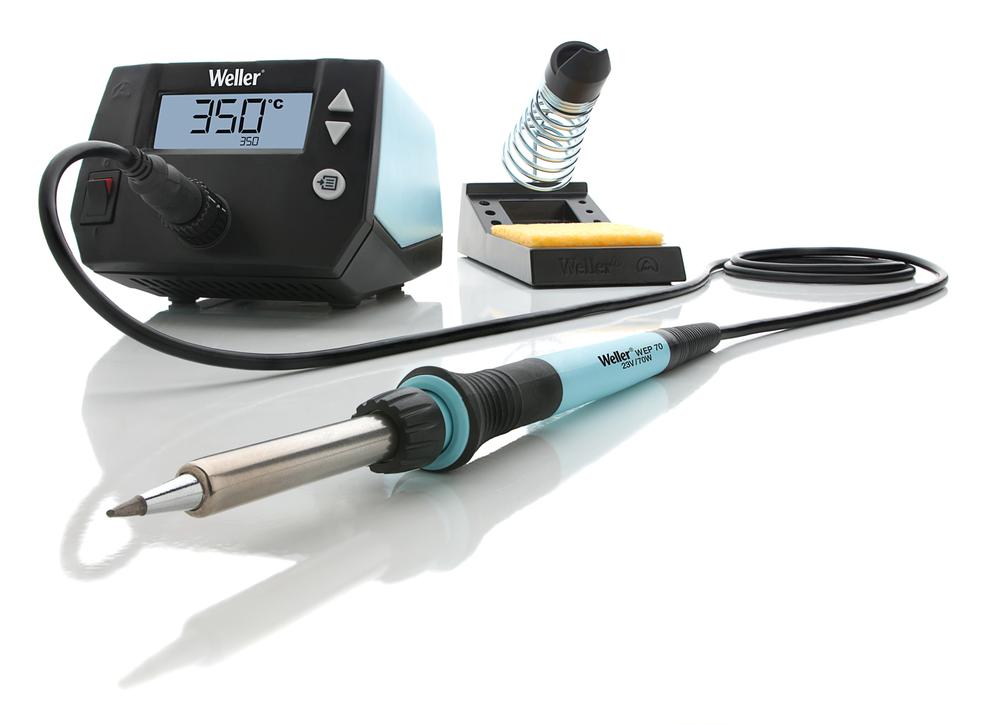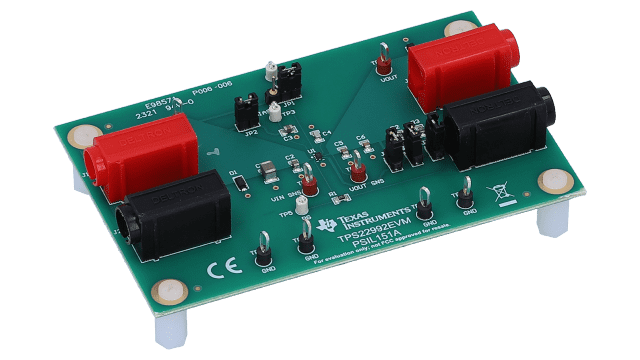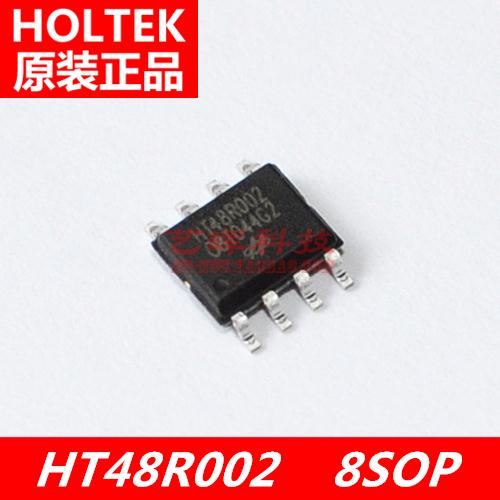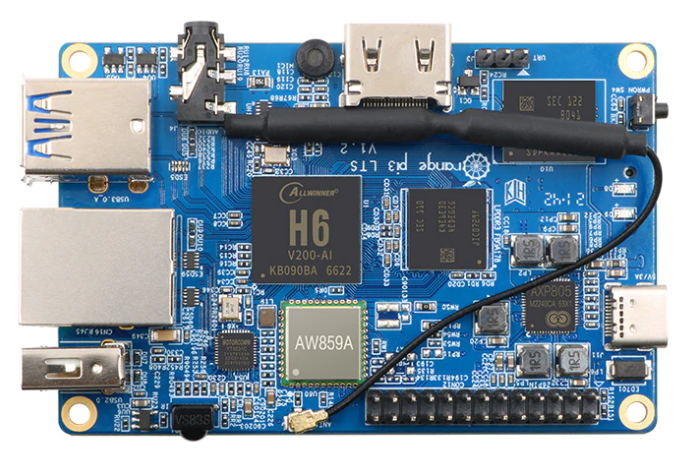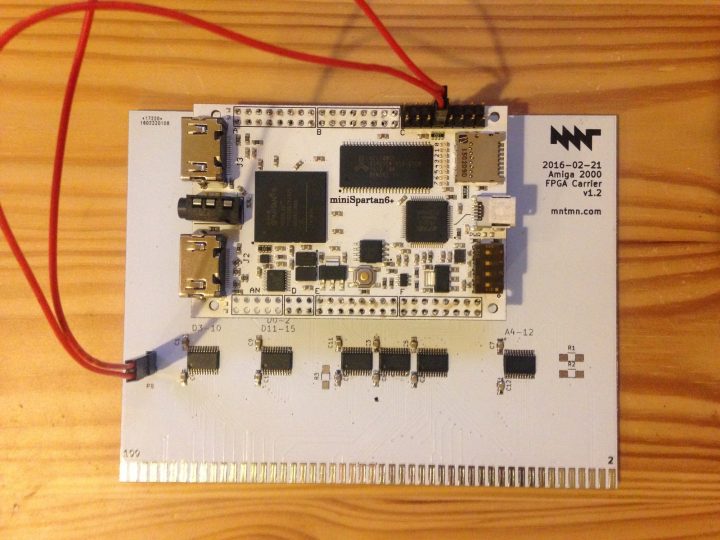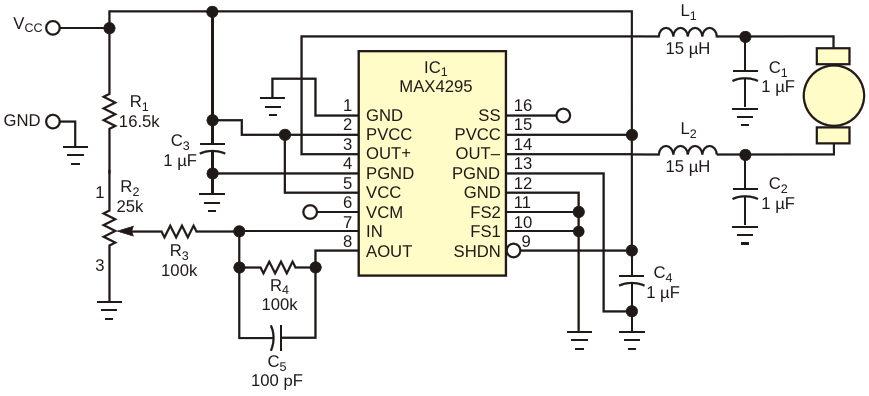
Class D audio amplifiers provide a dual benefit for battery-powered portable devices (Figure 1). They enhance battery life, and they produce much less power dissipation than do their linear cousins. Those features make Class D amplifiers ideal candidates for controlling speed and direction in small electric motors.
The standard application circuit for a Class D audio amplifier, IC1, requires only slight modifications. In place of the usual audio-signal input is a variable dc voltage that potentiometer R2 generates. Resistor R1 biases the potentiometer to match the input range of IC1. Full-counterclockwise rotation of the potentiometer corresponds to maximum-speed reverse rotation of the motor. Midscale on the potentiometer corresponds to motor off, and full-clockwise rotation of the potentiometer produces maximum-speed forward rotation in the motor. The characteristics of a given motor may allow you to eliminate the amplifier’s output filter, which comprises L1, L2, C1, and C2. But, unless the control circuitry is near the motor, you should include the filter to reduce EMI.
author: John Guy





